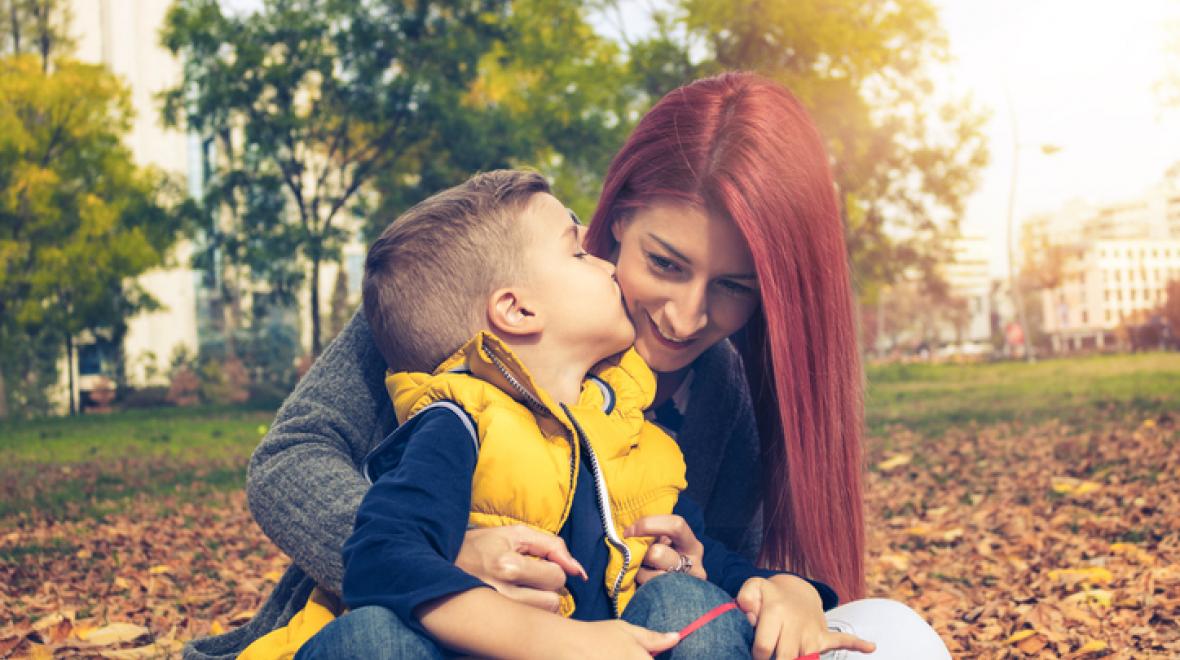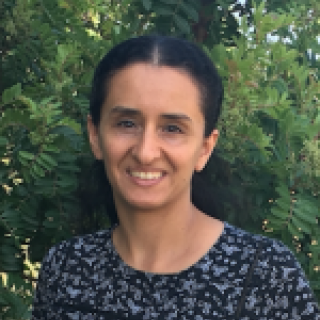
I was talking to a friend this weekend who was venting about her teenage daughter being “so ungrateful!” She asked me, “How can she not know how much she has?”
This mom isn’t alone. Parents hope (or expect!) that their children will grow up to be grateful. In a recent study, Amy Halberstadt and colleagues found that parents get peeved when their children don’t show gratitude. As one parent said: “I can be embarrassed as a parent. I can feel angry at [my child] that he hasn’t sufficiently conveyed gratitude when I thought he should.”
But, how does gratitude develop? How early do kids start to know about gratitude?
Raise caring, courageous kids
The Greater Good Science Center is excited to announce a new funding opportunity for schools, faith-based groups and other community-based organizations that want to help parents raise caring, courageous kids. The grants we award will range from $25,000 to $150,000. Our request for proposals will be open until Dec. 11!
In a 2013 study, Jackie Nelson and colleagues aimed to discover the foundations of young children’s understanding of gratitude. They invited 263 3-year-olds to their laboratory once a year for three years. They found that the more 5-year-olds understood gratitude, the more they had understood emotions and other people’s perspectives at 3-years old. In other words, children’s early emotional awareness and perspective-taking ability may underpin their development of gratitude.
In a 2015 study of 7- to 14-year-olds in the United States and China, Dan Wang and colleagues found that older children were more likely to express “connective gratitude” than younger children. Connective gratitude is considered to be a more advanced type of gratitude, when children offer something that is meaningful to another other person in return.
That makes sense because connective gratitude takes into account more fully another person’s thoughts and feelings as compared to verbal gratitude such as saying, “thank you” or concrete gratitude, which is when children offer something in repayment that is valuable to themselves rather than the other person.
Gratitude expressions depend on culture, too. Younger children in the United States were less likely to express verbal gratitude and more likely to express concrete gratitude than older children. In China, younger children were more likely to express verbal gratitude than older children, and there was no difference in concrete gratitude across age.
What are important factors to gratitude development among older children and adolescents? In a recent study of 10- to 16-year-olds, Hannah Reckart and colleagues focused on possible precursors to gratitude. They found that middle schoolers who reported greater gratitude were more likely to perceive greater social support from their parents and, to a smaller magnitude, their teachers.
What can parents do to possibly set the stage for their children to be grateful? William Rothenberg and colleagues examined whether parents’ choices of children’s activities could explain the link between their and their children’s gratitude.
The findings? The more gratitude parents felt, the more often they set goals to foster gratitude in their 6- to 9-year old children and, in turn, the more they placed their children in activities that provided them with gratitude opportunities. Also, the more parents had their kids participate in these activities, the more gratitude kids expressed. These findings suggest that both parents’ intentions and actions are important for how gratitude develops in their children.
What do these findings mean for parents?
Support young children’s understanding of their own and others’ feelings and thoughts. Although toddlers may learn to say “thank you,” they are likely still working on achieving a milestone of being able to think about other’s thoughts and feelings as separate and possibly different from their own between preschool and kindergarten. These abilities may be the foundation to their understanding and expressing gratitude.
As parents, we’ll be less frustrated when we align our expectations with our kids’ cognitive development. We can be the scaffolds for their emerging gratefulness by giving them the language for the array of emotions and thoughts they and others may feel and think. It’s always eye-opening to hear a young child’s response to, “How do you think that person feels right now?”
Remind older children that the important adults in their lives are there for them. Older children who feel that their parents and teachers are sources of support they can call upon also feel grateful. The support may come from knowing that their parents or teachers are people they trust, can turn to for advice, provide them with resources they need, or give them helpful feedback. Help children understand that they are connected to a supportive network of adults; positive relationships with close adults is important for gratitude and critical for their overall development.
Set goals for your children to participate in gratitude-rich activities and follow-through. Participating in gratitude-rich activities such as family gratitude practices and social service events potentially helps kids to develop gratitude. These activities provide children occasions to think about others’ circumstances more deeply, and increase their awareness for their own circumstances and the gifts they’ve received from others.
Kids may enjoy how their own actions potentially fulfill others, which fulfills them, too. Gratitude-rich activities increase opportunities for children to show gratitude to their parents to which parents’ will likely respond to in a positive way. Witnessing how both peers and adults show gratitude when they participate in these types of activities provides kids models for how others show they are grateful.
What are some considerations for parents about gratitude-related activities they may choose for their children? Parents in Halberstadt’s study shared they wanted their children to be grateful for what they had including shelter and food.
At the same time, they acknowledged potential consequences of their children recognizing that others’ might not have those basic needs fulfilled, and that they, too, could lose them. Some parents believed that this realization could help children to appreciate fully diverse human experiences; others felt that it would “challenge the innocence of childhood bliss.” Parents may think about how to balance their gratitude goals for their children with their values and their children’s development.
Communicate your value for gratitude to your children. Practice gratitude in front of your child and tell them how you feel when they express gratitude to you.
In Halberstadt’s study, some parents indirectly suggested having implicit expectations of their children when they gave them gifts, and they felt resentment when their children did not express gratitude toward them. One way to mitigate bitterness parents may feel about unmet expectations is to have conversations with children regularly about the importance you place on gratitude. Engage children to think creatively about how they could express gratitude for others and talk about others’ positive responses to their efforts.
Spontaneous and unexpected expressions of gratitude from children are intensely moving to parents. They can make parents hopeful that our kids feel deeply connected with others and that they’ll strive to be compassionate in turn.











